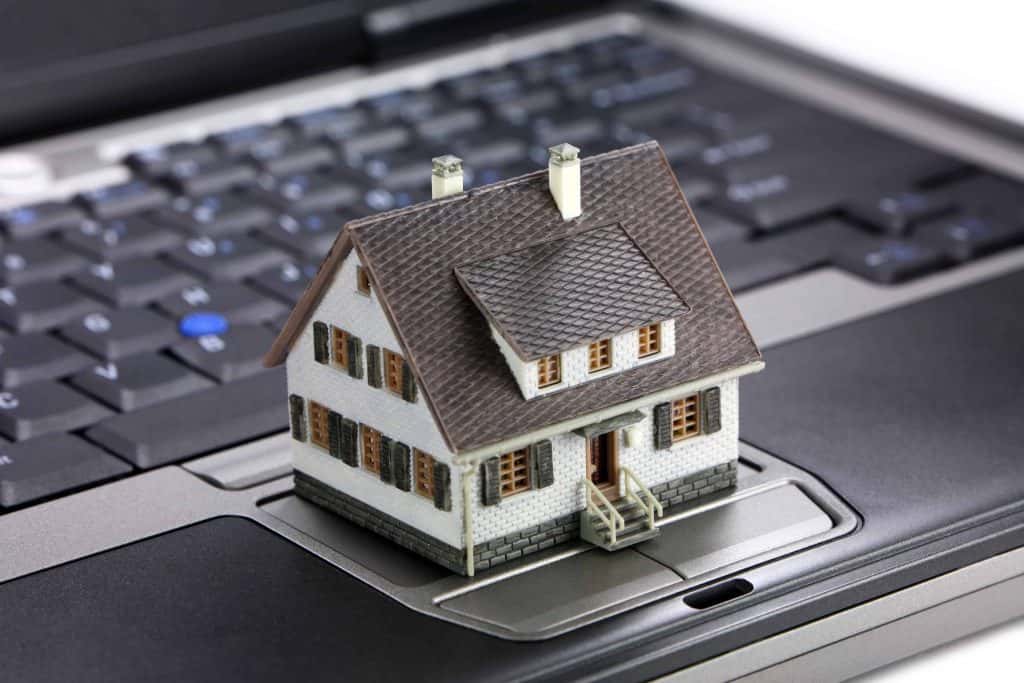Many people have trouble keeping up with the ever-increasing price of monthly payments. These days, it’s not unusual to find yourself in a tight spot. You should know, however, that you can apply for assistance if your bills are becoming too much to handle. Understanding your situation and knowing where to look are the first steps in finding assistance.
When looking for assistance, you will come across several sources of support, including federal assistance programs. The Low-Income Home Energy Assistance Program (LIHEAP) is one such program that can provide much-needed help to many Americans.
Explaining LIHEAP
Dealing with high energy bills is becoming unavoidable. This is where LIHEAP can be helpful. It was created to help households with low incomes decrease their energy expenses. Participants in this program may receive help with:
- Energy expenses for cooling
- Electricity and gas bills when used for heating
- Paying the bills
- Energy crisis support
- Repairs to your home that improve its energy efficiency
While LIHEAP is run and managed by offices at the state and local levels, The U.S. Department of Health and Human Services (HHS) is in charge of it.
Who Can Benefit From LIHEAP?
This program is designed to help those with low incomes but there are several ways you can qualify. One way is meeting the income level according to your family size. That being said, assistance is restricted to households that satisfy certain criteria.
There are limits on how much money a family can make in a year to be eligible for this program. You will need to contact the LIHEAP office in your area to find out more. They can help you figure out if you are eligible and give you accurate information.
Another way that will automatically qualify you for LIHEAP is participating in other federal assistance programs, such as:
- Temporary Assistance for Needy Families (TANF)
- Supplemental Security Income (SSI)
- Supplemental Nutrition Assistance Program (SNAP)
How to Get Benefits From This Program
In order to benefit from LIHEAP, you will need to apply for it. When applying for this program, it’s the states that handle the applications, not the federal government. This is because the federal government only funds the states to run the program. The states use these funds to provide support to the program’s recipients. As a result, you should contact your local LIHEAP office to start the application process. It’s important to keep in mind that the application process varies from state to state, so make sure to research the specifics of your state before applying.
Additional Information About LIHEAP
When you start learning about a new program, it’s normal to be curious. Your local LIHEAP office is a fantastic source of information if you need any help. However, to save you some time, here are answers to some of the most common questions about LIHEAP.
Does LIHEAP Cover All of Your Utilities?
LIHEAP assistance is mostly limited to the primary heating source of the recipient’s home. Let’s say you use electricity to power your heating and cooling system. In this case, LIHEAP will cover your electricity bill but not your gas bill The program was not created to cover all of your energy expenses. As a result, you shouldn’t expect it to do so. Keep this in mind when you’re applying.
What Other Costs Can LIHEAP Help With?
LIHEAP doesn’t only cover utility bills, but it can also help with other relevant costs. It can help with weatherization to increase the home’s energy efficiency, which means lower energy bills. “Weatherization” refers to the process of making necessary repairs and maintenance to a building in order to reduce the amount of energy it consumes. Some frequent forms of maintenance are:
- Repairing inefficient or malfunctioning heating and cooling systems
- Replacing inefficient heating devices and air conditioners
- Fixing leaky doors
- Repairing broken windows
- Insulation setup
Options for Additional Support
LIHEAP is aimed at providing benefits to low-income households. Households that struggle financially may also need assistance with other aspects of life. Additional help may be available from programs apart from LIHEAP. If you are a recipient of another program, such as the ones listed below, you may be automatically eligible for LIHEAP’s benefits. The following are examples of such programs:
- Temporary Assistance for Needy Families (TANF)
- Supplemental Security Income (SSI)
- Supplemental Nutrition Assistance Program (SNAP)
Temporary Assistance for Needy Families (TANF)
TANF is a federal assistance program that can help people with limited resources with things like rent, childcare costs, and finding a job. The mission of this program is to assist those in low-income households, who qualify of course, to become economically independent. This opportunity will differ in administration from state to state. That’s because this program provides funding to states and territories to run their own version of the program. If you want to apply for TANF, you should reach out to your state TANF office or submit an application to your local social services agency.
Supplemental Security Income (SSI)
The Social Security Administration (SSA) is responsible for this program’s management. Adults and kids with disabilities, or those who are blind, could receive monthly financial assistance. Recipients must fall below certain income and resource limits in order to start getting benefits. Seniors who are 65 years of age or older, are not disabled, and fulfill the income conditions may also get SSI benefits.
This money can help eligible people pay for basic needs like food, housing, and clothes. In order to apply for this program, you can either submit an online application or schedule an appointment with the SSA.
Supplemental Nutrition Assistance Program (SNAP)
The government provides SNAP as a food assistance program to help low-income individuals who meet specific requirements. SNAP beneficiaries can get monthly payments to cover the cost of qualifying food products. This money will be transferred to an Electronic Benefit Transfer (EBT) card that can be used at stores that allow this method of payment. To apply for this program, you need to contact the SNAP agency in your state.
In Conclusion
If you are struggling with energy costs, you should consider applying for LIHEAP. You can reach out to your local or state LIHEAP office to start the application process or to get more information about the program. Generally speaking, this program can cover a portion of your utility bills and also offers weatherization services. Through these services, the program will carry out some energy-related home repairs to increase your house’s energy efficiency. Besides LIHEAP, you can find some relief with the support of other programs. These programs may help you in different ways like covering grocery bills or offering monthly financial assistance. Overall, you should review your options to find those that can improve your financial situation. There are plenty of support opportunities out there waiting to be checked out!


